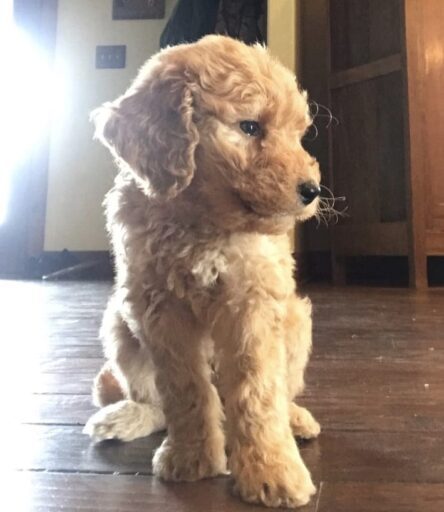Over Feeding = Bad Hips!
Probably the single most significant risk for development of hip dysplasia is body weight. I have talked elsewhere about the studies that clearly show that food consumption during puppyhood can make the difference between a life free of joint disease into old age, or the development of painful dysplasia as a puppy.
Carol Beuchat PhD, Institute of Canine Biology
It's not just genetics!
Whether an older dog has problems with joints or hip dysplasia is not entirely based on genetics. In fact, more and more evidence suggests that there is much we can do to help prevent future problems.

Hip problems can be caused by a number of things. Maybe a puppy being mishandled by a child at an early age. If you have small children, be sure to supervise them when they play with your young puppy! Dropping the puppy or falling on the puppy can damage the dog’s hips in a way that might not seem obvious until many years down the road! There’s also been some evidence that a young pup being raised on a slippery surface can cause long-term problems. A puppy’s back legs slipping out from under him can damage joints and tendons that may also cause problems when the dog gets older. Or a simple accident – falling down stairs or falling off a bed can be traumatic. Some of this can’t be avoided, but take special care when the puppy is small!
But besides accidents that often can’t be avoided, we now know that overfeeding is a major cause for hip dysplasia and other joint problems.
Keep your pup LEAN! You want him to grow SLOWLY!
Most dogs will be full grown in height at the end of their first year. At 1 year old, they’re as tall as they’re going to be, but they’re still growing and it won’t be until the end of year 2 that a dog is truly grown – done filling out. It’s imperative that you avoid giving a puppy too many unhealthy treats in his first two years of life. It’s also important that you follow feeding instructions closely during these first two years. You DON’T want your dog to get too big too quickly! When a dog gets too big too quickly, the excess weight can hurt his joints, especially hip.
 There will be times when the dog feels too thin. But better a little too thin than over weight. Keep him lean and slow-growing. Follow this guide, considered one of the best at describing stages of a dog’s development. (Click to enlarge.)
There will be times when the dog feels too thin. But better a little too thin than over weight. Keep him lean and slow-growing. Follow this guide, considered one of the best at describing stages of a dog’s development. (Click to enlarge.)
Ultimately follow the advice of your vet!
YOU can help your dog stay healthier for longer...
Puppies should NOT be fat! As cute as a little fat puppy is, it’s not good for them and will likely contribute to problems later. A puppy should get good nutrition, enough to support healthy growth but no more. By strictly following feeding guidelines and limiting treats and table scraps the first couple years you’ll drastically improve your dog’s quality of life in later years! Be responsible!


